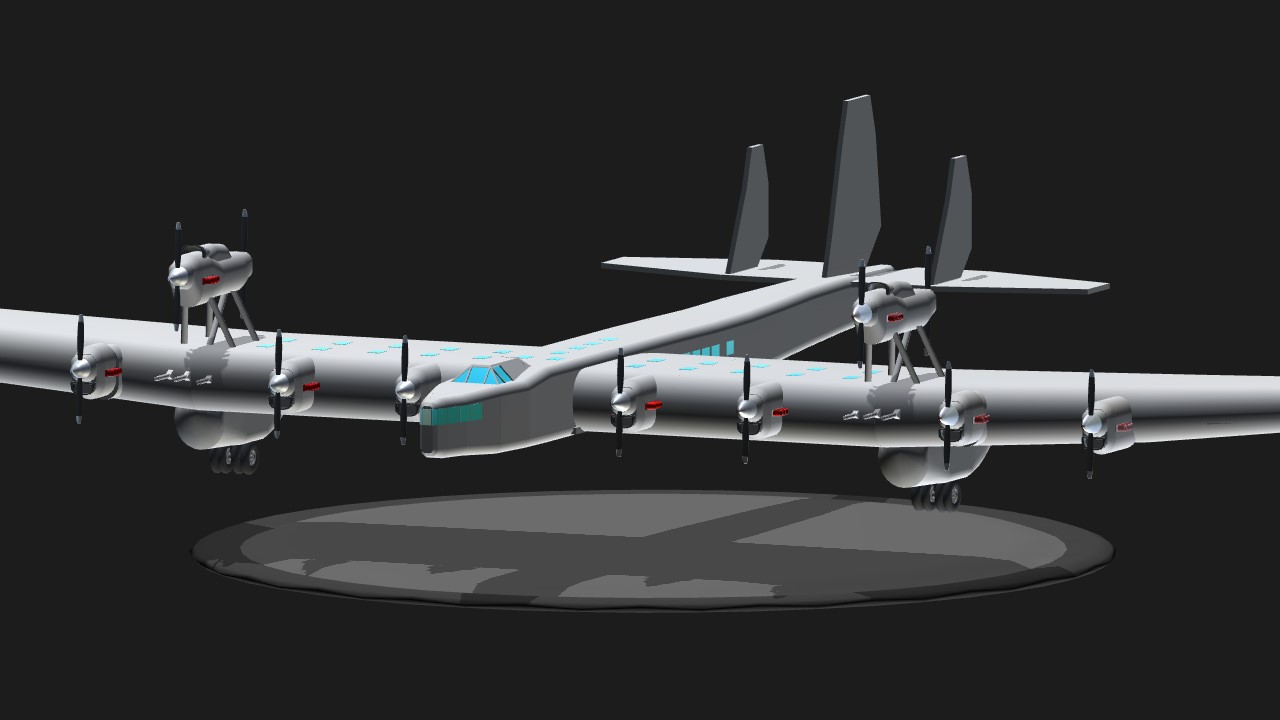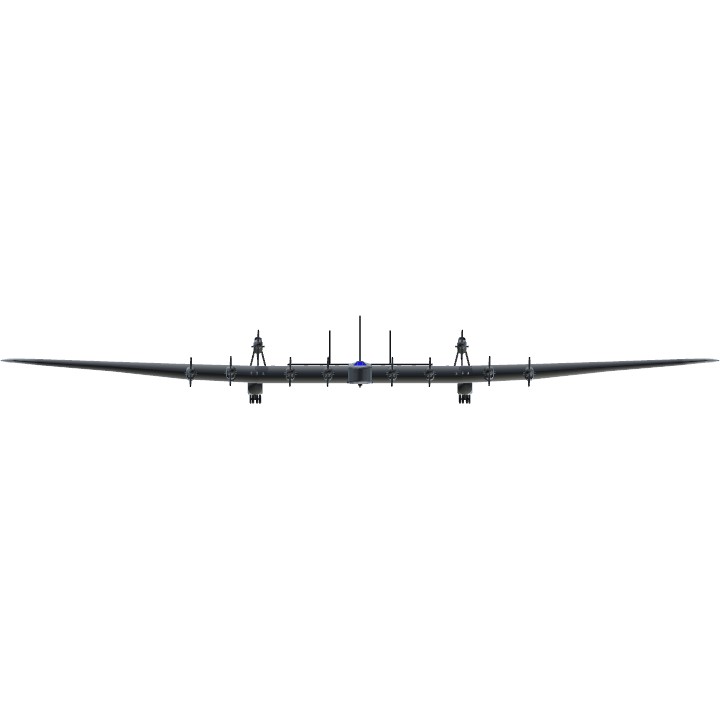History:
The aircraft was carried out according to the original two-beam scheme, with a central forming gondola with a pilot's cabin, on which engines with pulling and pushing screws were installed, a wing was attached to the gondola. Recoilless guns in the beams. Two prototypes were built. The first flight August 27, 1931.
In the late 20s, the attention of specialists in aircraft armament was attracted by recoilless guns, developed by a team headed by L.V. Kurchevsky. The principle of operation and design of the Kurchevsky cannon (APC), also known as the dynamo-reactive cannon (DRP): the almost complete lack of recoil and low weight with large caliber guns, made them very attractive for combat aircraft, especially for fighter and assault. One of the first fighter aircraft, specially designed for such guns, was the aircraft, which received the designation ANT-23 or I-12 according to the Air Force roster.
The design of the aircraft in the design bureau began in the spring of 1929. V.N. Chernyshev was appointed the lead engineer on the aircraft. November 30, 1930 was approved by the project fighter. The plane was an all-metal monoplane of the original layout: the fuselage, as such, was not, the pilot was in a gondola placed in the middle of the center section, in the front and rear parts of which were placed two engines Gnome-Ron "Jupiter VI" with 480 hp each rotated pulling and pushing the screws. The plumage was mounted on two metal beams-tubes, going from the center-section and passing in the front part into the fairing of guns APK-4 of caliber 76 mm.
In July 1931, the plane was built, and on August 27, test pilot IF Kozlov made his first flight on it. In November, shooting of guns on the ground began, and on March 21, 1932, the ANT-23 took to the air to conduct combat shooting. After the first shot an explosion occurred, which led to serious damage to the aircraft. The situation in the air was threatening. Kozlov saw the loosened trim, the damaged tail boom, and he understood that at any moment the machine could collapse. Jumping with a parachute was dangerous because of the high probability of hitting the rear propeller, and it was not accepted by the testers to leave the aircraft. Kozlov managed to land the damaged car for which he was awarded the Order of the Red Star. The tests of the ANT-23 after the repair continued until September 28, 1932, after which it was sent for rework and the aircraft was no longer transferred to the tests.
In August 1931, the Design Bureau began the construction of the “backup” ANT-23 bis (I-12 bis). The work was initiated by the Bauman Komsomol organization of Moscow, which took patronage over this machine. Therefore, she had a second name - "Baumansky Komsomol member". When building a doubler, it was necessary to take into account all the shortcomings identified during the tests of the first car.
Then they decided to stop the flights, since the number of improvements grew like a snowball, and it was not possible to complete the tests. Work on this topic was planned to continue on the doubler I-12bis. The aircraft, made according to the same scheme, had changed geometrical dimensions and had improved aerodynamics. Work has been delayed, and the management has not paid enough attention to it. Although the car was almost built, the situation could not be saved.
A large number of deficiencies identified during the tests, many of which were inherent in the chosen aircraft scheme (a drop in the efficiency of the tandem powerplant, a high non-retractable landing gear, the practical impossibility of the pilot leaving the aircraft in the air in an emergency), led to the closure of work on this aircraft. In June 1934, all work on the ANT-23 was discontinued.
Uses Activation 1 for bombs. Has 6 guns.
I may or may not have copy and pasted this directly from a Wikipedia Page...
Specifications
General Characteristics
- Predecessor Tupolev ANT-28
- Successors 2 airplane(s) +21 bonus
- Created On iOS
- Wingspan 160.8ft (49.0m)
- Length 68.4ft (20.8m)
- Height 19.5ft (5.9m)
- Empty Weight 43,477lbs (19,721kg)
- Loaded Weight 47,000lbs (21,319kg)
Performance
- Horse Power/Weight Ratio 0.229
- Wing Loading 21.7lbs/ft2 (106.1kg/m2)
- Wing Area 2,163.3ft2 (201.0m2)
- Drag Points 46938
Parts
- Number of Parts 326
- Control Surfaces 20
- Performance Cost 1,438





You know, I think your right, the info is wrong. I’ll fix that soon. @AircraftoftheRedStar
It looks nice and everything, but the history talks about a completely different design, that being the I-12 (ANT-23). I think that this is the info you are looking for.
[Softly]
- Don't.
Oh I know, but I couldn’t find much info, and couldn’t find a specific place for the guns... @Falkenwut
Would have been better if you made the gunners around the plane, not just the front.. wasn't a fighter you know...